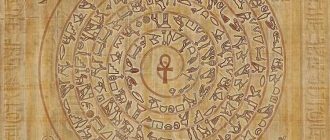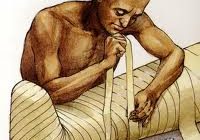Want to learn more about the ancient Egyptian clothing for Bastet? Read on for facts and info on Bastet and how she was depicted in Ancient Egyptian culture…
Bastet was one of the most important deities in the Egyptian pantheon. It was depicted with the head of a cat and because of this physical depiction cats were also highly revered amongst the Egyptians. Over the years Bastet was depicted in a variety of different ways with varying clothes, attire and costume.
Depiction of Bastet
Originally Bastet was depicted in the form of a fierce lioness. However with the passage of time the Egyptians developed a love for cats and as these cats were domesticated the depiction of Bastet changed from a fierce lioness to that of a cat headed woman.
The Egyptians built a temple known as Bubastis in reverence of Bastet. Within this temple were hundreds of statues that were meant to represent the cat headed goddess. It is by analyzing these statues that historians have been able to get an idea of the kind of clothing that Bastet was considered to wear.
The majority of the statues depict her as a cat headed woman although there are some exceptions in which she is depicted as a leopard and in some older statues as a lion. The trademark statue had the head of a cat upon a body of a youthful woman.
Bastet was always made to wear highly ornate clothing. She had a wide variety of fashion accessories that complimented her ornate attire. These included a small bag which she would be made to carry. In other statues she is shown as carrying a small basket delicately worn over one of her arms. She would also have a musical instrument that was known as Sistrum in her other hand.
Also part of her attire was a breastplate which formed the center of her attire. According to Egyptian mythology Bastet had a love for music and dance. She was also regarded as having a generous nature while being very rich as well. In fact the basket that the statue of Bastet was wearing was meant to represent the bountiful harvest which the goddess was associated with.
The temple of Bastet had many living species of Egyptian cats in reverence of the goddess herself. Archeologists have been able to find thousands of mummified bodies of cats from the temple of Bubastis which was considered as being a burial ground for domesticated cats in Egypt.
The Egyptians would keep statues of Bastet in her trademark clothing and attire made out of bronze as a token of good luck. They would also leave offerings in the form of these bronze statues at the site of the temple which is why archeologists have found thousands of bronze statues at the site.
Cats attained a special place amongst the Egyptians because of Bastet. There were special laws in place that protected cats. Anyone who would intentionally harm a cat was to be punished and similarly they had elaborate burial rituals for when a domesticated cat died in a family.




